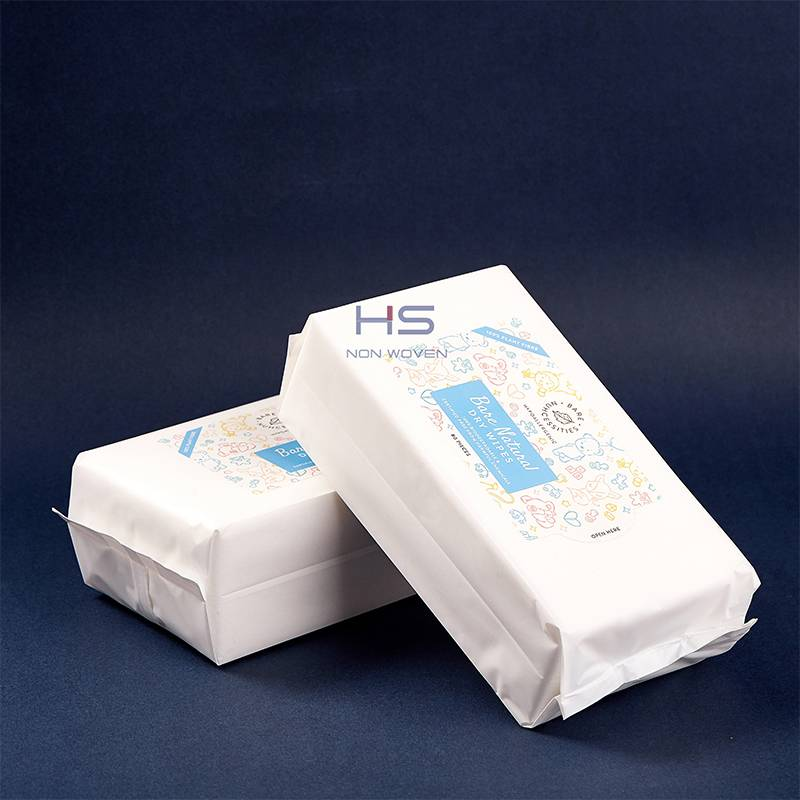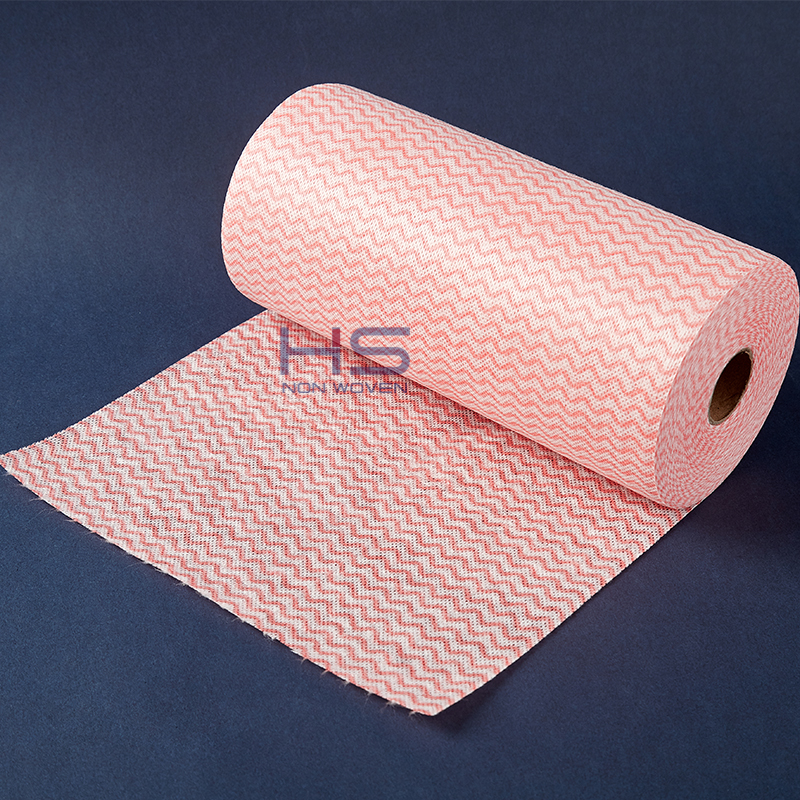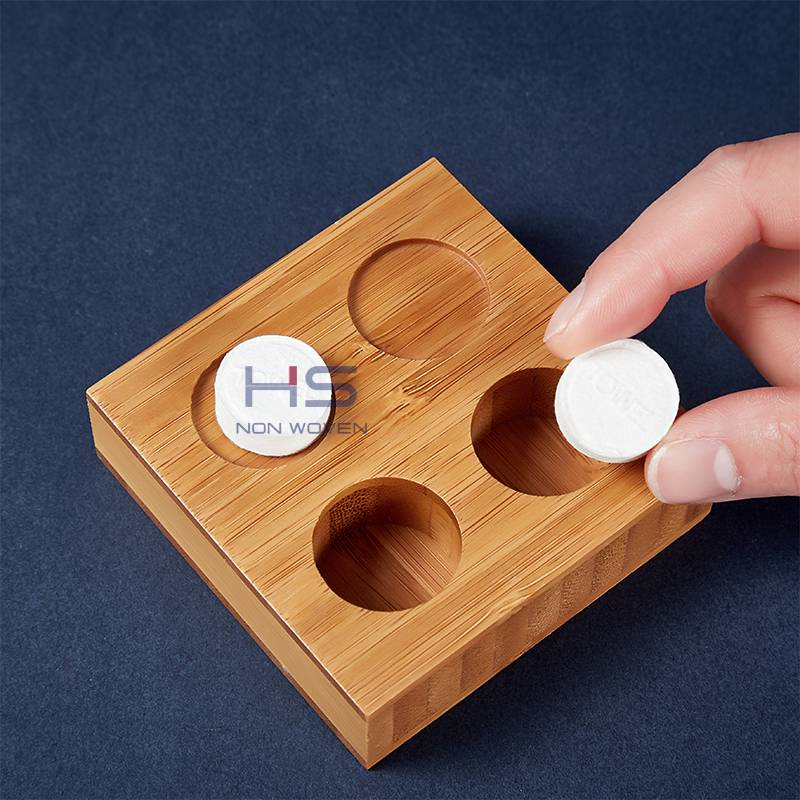Global dry and wet wipes market size is anticipated to witness commendable growth through 2022-2028, driven by the rising product popularity, especially among new parents, to maintain baby hygiene while on the go or at home. Apart from babies, the use of wet and dry wipes for cleaning or disinfecting surfaces, maintaining adult hygiene, make-up removal, and sanitizing hands has also increased, thus driving industry expansion over the years ahead. Wet and dry wipes refer to cleansing products that are often used in healthcare environments such as nurseries, hospitals, care homes, and other places to maintain good hygienic standards. Wet wipes are crafted usually from nonwoven or biodegradable bamboo fabrics and are designed for a fast-paced life.
High emphasis on boosting the production and supply chain of disinfectant wipes is a prominent factor fostering the dry and wet wipes market trends over 2022-2028. Clorox, for example, paused the production of the compostable cleaning wipes, launched in January 2020, to shift its focus to disinfectant wipes, to meet the unprecedented rise in demand during the coronavirus pandemic. Such factors, alongside the increasing popularity of baby care brands across developing economies, will also fuel the demand for wet and dry baby wipes over the foreseeable future.
With regards to application, the clinical use segment will hold a major share in the dry and wet wipes industry by 2028. Growth from this segment can be credited to the high preference for dry baby wipes on newborns across hospital settings, as these wipes are super absorbent, fragrance-free, and contain no additives that are harmful to the baby’s skin. Based on distribution channel, the online retail segment is poised to amass considerable gains by 2028, owing to the mounting sales of personal care and beauty products through e-Commerce channels in countries including the U.S.
On the regional front, the Europe dry and wet wipes market is slated to record a high revenue by 2028, as a result of the escalating sales of body hygiene products from supermarkets and hypermarkets in France. The regional market share will also be propelled by the rapid implementation of strict standards to curb plastic use in the UK, thereby adding impetus to the demand for biodegradable wipes. Also, according to Age UK’s data, 1 in 5 people will be aged 65 years or over by 2030 in the UK, which could further augment the use of the product for elderly people suffering from mobility impairment across the region.
Major players operating in the dry and wet wipes industry include Hengan International Group Company Limited, Medline, Kirkland, Babisil Products Ltd., Moony, Cotton Babies, Inc., Pampers (Procter & Gamble), Johnson & Johnson Pvt. Ltd., Unicharm Corporation, and The Himalaya Drug Company, among others. These firms are implementing strategies like innovative product launches and business expansions to gain a competitive advantage over rivals in the global market. For instance, Procter & Gamble inked a Space Act Agreement with NASA in June 2021, with an objective to test laundry solutions including Tide to Go Wipes, for stain removal applications on the ISS (International Space Station).
COVID-19 to Assert Impact on Dry and Wet Wipes Market Trends:
Despite the unprecedented impact of the COVID-19 outbreak on supply chains worldwide, the pandemic has sparked people’s interest in germ-killing products, including disinfecting wet wipes to curb the virus spread. This higher product demand has prompted wipes manufacturers across regions to adjust their operations, from focusing on fewer product formats and ensuring 24/7 production to making significant investments in new production lines. Initiatives such as these could add impetus to the global dry and wet wipes industry share over the upcoming years.
Post time: Nov-08-2022



